Leslie D Monte in Mumbai
Given the tonnes of sewage and filth that have accumulated in the Ganga over the years, this may seem to be a drop in the ocean. Nevertheless, technology major IBM India is working with IIT-Kharagpur to develop data models that can help predict floods, the movement of water tables, the shifting of water beds, floods and droughts - factors which affect the health of people and crops, and safety along the river Ganga.
"The project is based on the shared university research model, a global programme that promotes academia-corporate partnership to address challenging problems faced by the society," says Bhooshan Kelkar, IBM India's country manager for university relations.
...
Here's what IBM and IIT are doing for Ganga!
Image: IBM is leveraging its expertise in three areas - data management, integration and analytics.Last year, IIT-Kharagpur was given an SUR award. Since then, IBM India researchers are working with the institute in two areas - water management (the Clean Ganga project) and telemedicine.
As part of its involvement in the Clean Ganga project, IBM is leveraging its expertise in three areas - data management, integration and analytics.
Data related to the flow of the Ganga (for areas alongside IIT-Kharagpur) is being collected through satellites and sensors placed at various points on the river bed.
...
Here's what IBM and IIT are doing for Ganga!
Image: IBM is working with seven departments at IIT-Kharagpur.IBM India's software division and IBM India Research are working with seven departments at IIT-Kharagpur.
"Our teams are in place. But the scope is vast. We are in the process of integrating the data and building data models. The integration of data (both obvious and non-obvious), and coming up with meaningful reports, remains a challenge," says Kelkar.
IBM is an old hand at developing technologies to address water-related problems.
In 2007, the company undertook a project for the minute-to-minute monitoring of New York's Hudson River through an integrated network of sensors, robotics and computational technology distributed throughout the 315-mile river.
...
Here's what IBM and IIT are doing for Ganga!
Image: IBM also mapped the population of fishes.It also mapped the population of fishes through acoustical data and tracked particular species of fish through radio 'tagging'.
In 2010, Nature Conservancy (one of the largest environmental groups in the world) and IBM announced plans to launch a free website called 'Rivers for Tomorrow', through which watershed managers can map, analyse and share information on the health of local freshwater river basins for use by clean-up programmes.
...
Here's what IBM and IIT are doing for Ganga!
Image: Thousands of volunteers provide computing power.This can be used to build a new generation of cheap water filters. The simulations, however, devour computing power.
Thousands of volunteers on the IBM Grid provide this computing power by allowing simulations to run using the idle time of the processor chips in their laptops and PCs.
Globally, the grid has over half a million members and 1.8 million devices for projects.
There are over 3,000 members from India and over 7,500 devices.
...
Here's what IBM and IIT are doing for Ganga!
Image: The clean-up of the Ganga is a much larger project.The task is being coordinated by IIT-Kanpur's Vinod Tare.
"We hope to submit the report by March 2012. It's a tall task, and the time at hand is short," admits Tare.
The plan, he explains, would cover strategies to reduce pollution, increase water resources flowing into the basin, prepare hydrological and groundwater models, devise outlines for policies and frame a strategy to involve the citizens.
...
Here's what IBM and IIT are doing for Ganga!
Image: World Bank pitched in with $1 billion in credit and loans.The IITs, adds Tare, are also working with many other institutes like Patna University, Aligarh Muslim University and the Central Fisheries Institute.
"It's a multi-disciplinary effort, with over 100 faculty members involved," he says.
The plan to clean the Ganga by 2020 got a fillip in June, when the World Bank pitched in with $1 billion in credit and loans.
Skeptics, meanwhile, recall in 1985, the government had made a similar commitment.
However, over the years, the pollution has only increased. One only hopes history doesn't repeat itself.


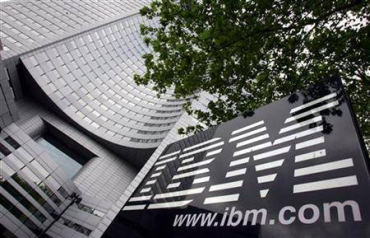
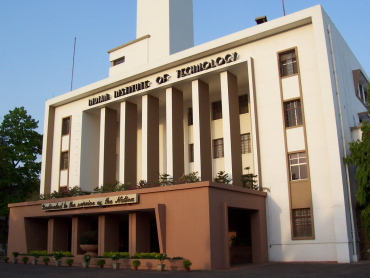

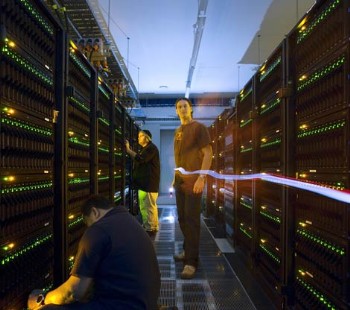
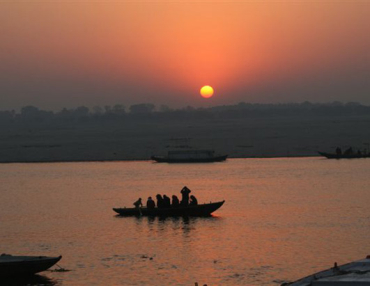
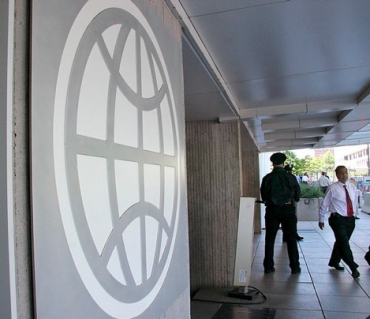

article